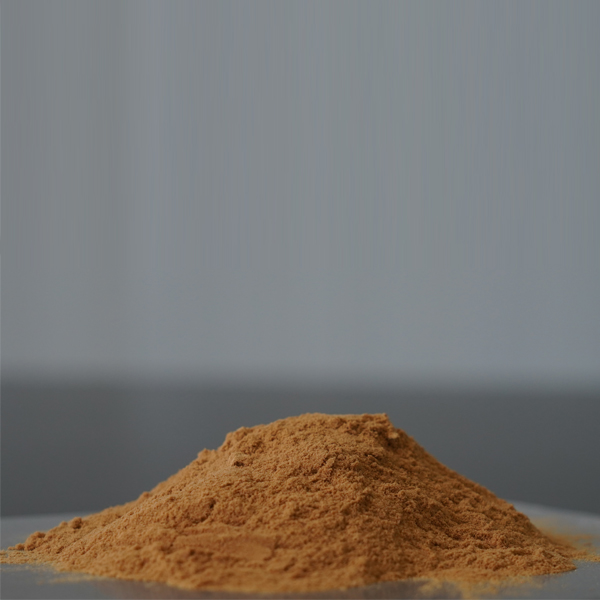
News
lis . 01, 2024 13:18 Back to list
Exploring the Structure and Properties of Polyglutamic Acid in Biological Systems
Polyglutamic Acid Structure and Implications in Biotechnology
Polyglutamic acid (PGA) is a naturally occurring biopolymer composed of multiple glutamic acid residues linked together by peptide bonds. It is a type of polyamino acid, specifically an L-glutamic acid polymer, and has garnered significant attention in biochemistry and biotechnology due to its unique structural properties and versatile applications.
Structure of Polyglutamic Acid
The structure of polyglutamic acid typically features a linear chain of glutamic acid units. Each glutamic acid monomer contains a carboxylic acid side chain that is capable of ionizing, particularly at physiological pH. This ionization results in a polyanionic character, where the side chains carry negative charges, significantly influencing the physical and chemical properties of the polymer. The sequence can vary, with PGA containing different numbers of glutamic acid residues, which can range from a few to several hundred, depending on the synthesis method and biological source.
PGA's three-dimensional conformation is also noteworthy. In an aqueous environment, the polyanionic nature of the polymer induces electrostatic repulsion between the negatively charged side chains, leading to an extended and flexible structure. The spatial arrangement can be further affected by factors such as pH and ionic strength, which impact the extent of ionization of the carboxyl groups.
Synthesis and Natural Sources
Polyglutamic acid can be synthesized through both chemical and biological methods. Microorganisms, particularly certain strains of Bacillus, have been recognized for their ability to produce PGA naturally. The bioproduction of polyglutamic acid offers advantages such as high specificity and lower environmental impact compared to chemical synthesis.
As a natural biopolymer, PGA is also found in various food products, especially in fermented foods
. The role of polyglutamic acid in these contexts includes enhancing texture and acting as a thickening agent.polyglutamic acid structure

Applications of Polyglutamic Acid
Due to its amphiphilic properties, polyglutamic acid has a myriad of applications across several fields, particularly in biotechnology, medicine, and food industries.
1. Biomedical Applications In medicine, polyglutamic acid has been studied for its potential role in drug delivery systems. Its ability to encapsulate therapeutic agents and enhance their solubility makes it an appealing candidate for targeted drug delivery. Moreover, PGA can stimulate the proliferation of certain cell types, suggesting potential for use in tissue engineering and regenerative medicine.
2. Cosmetic Industry Polyglutamic acid also finds applications in cosmetics. It is often marketed as a powerful moisturizing agent, more effective than hyaluronic acid due to its ability to hold large amounts of water. This characteristic not only aids in hydration but also improves skin elasticity and texture, making it popular in anti-aging products.
3. Food Industry In the food sector, polyglutamic acid serves as a food additive, enhancing the texture and mouthfeel of various products. It acts as a thickener and stabilizer, enabling better viscosity and consistency in sauces, dressings, and dairy products.
4. Agricultural Applications The use of PGA in agriculture is also emerging. Its ability to retain moisture in soil can facilitate water retention in crops, thereby improving growth conditions and yield. Furthermore, its biodegradable nature makes it an attractive alternative to synthetic polymers in environmentally sustainable agricultural practices.
Conclusion
In summary, polyglutamic acid is a versatile biopolymer with a structure that enables a range of functionalities across various applications. Its unique properties, arising from its polyanionic nature and hydrophilic character, make it significant in fields such as medicine, cosmetics, food, and agriculture. As research continues to explore its potential, polyglutamic acid is poised to play an increasingly important role in addressing modern challenges, particularly in sustainability and health.
-
OEM Polymer of Aspartic Acid Supplier L & D Aspartic Acid Customization High-Quality, Eco-Friendly Solutions
NewsJun.10,2025
-
CAS 64723-18-8 High Quality Supplier & Manufacturer Get Instant Quotes Online
NewsJun.10,2025
-
OEM Thermal Polyaspartic Acid - Leading Manufacturer & Supplier for Efficient Heat-Resistant Solutions
NewsJun.10,2025
-
Premium Polymer of Amino Acids High Purity & Factory Pricing
NewsJun.10,2025
-
Premium Micronutrients Plant Fertilizer for Healthy Crops Quote Now
NewsJun.10,2025
-
Premium EDTA-4Na Supplier & Manufacturer Competitive Quotes
NewsJun.09,2025
